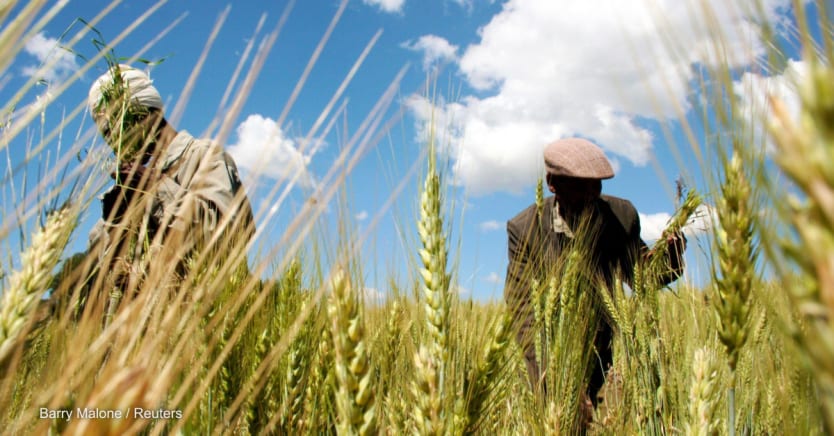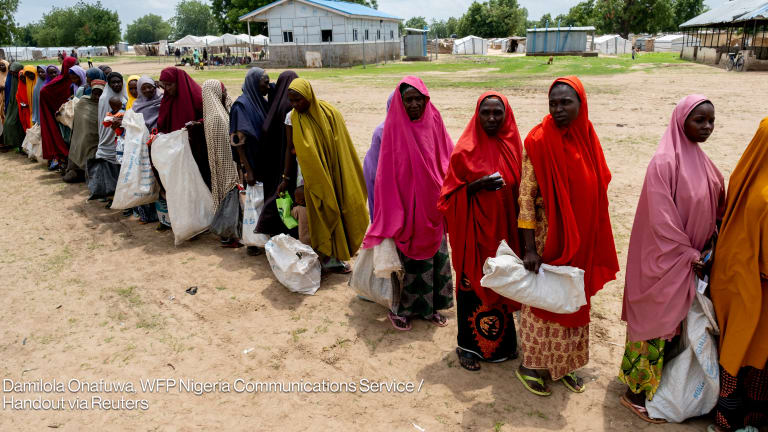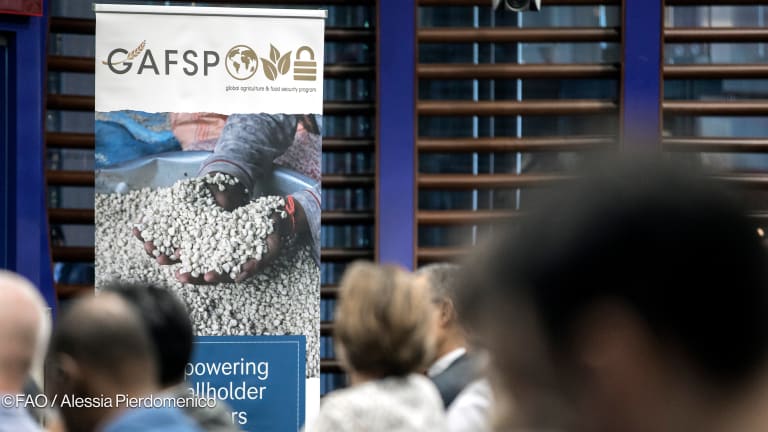
A cutting edge new data center will bring together disparate sources of information on the global food insecurity crisis in one place.
The aim of the Global Food and Nutrition Security Dashboard is to speed up the delivery of food aid and improve coordination among donors, as it becomes ever clearer that the most vulnerable around the globe are facing protracted food insecurity and hunger levels are rising.
The dashboard, an initiative of the World Bank and Germany, also contains information on where needs are being met and where donors are falling short.
One-stop shop: “We are trying to aggregate as much data as possible,” Sarah Simons, a program manager at the World Bank working on food and agriculture, told Devex.
“This will be the single biggest concentration of data on food and nutrition security,” she added.
The dashboard is a project of the Global Alliance for Food Security, which was launched by the World Bank and Group of Seven leading industrial nations in May as a way to foster coordination on the food crisis among governments, civil society, regional actors, international organizations, and the private sector. Germany currently holds the G-7 presidency.

Predicting the gaps: Users can search the dashboard for country-level data on food insecurity. But fewer than half of the countries that are severely food-insecure have good data. The interactive map has many entirely empty spaces.
Simons says that by pooling all food resources into one database, the bank will create a “more predictive modeling capability” which will fill in as many of the blank spaces as possible. The bank has a team working on the data science side.
“We want to be able to predict what’s coming down the road, so we are better prepared to mitigate the future impacts of the food security crisis.”
Money tracking: Simons said the bank is also keeping tabs on financial information, including what donors and international institutions have invested both on the humanitarian front and the development sector, such as agricultural production.
The goal is to merge the food data with finance data so that assistance is targeted most effectively.
Update, Nov. 10, 2022: This article has been updated to reflect additional description of the data center.








